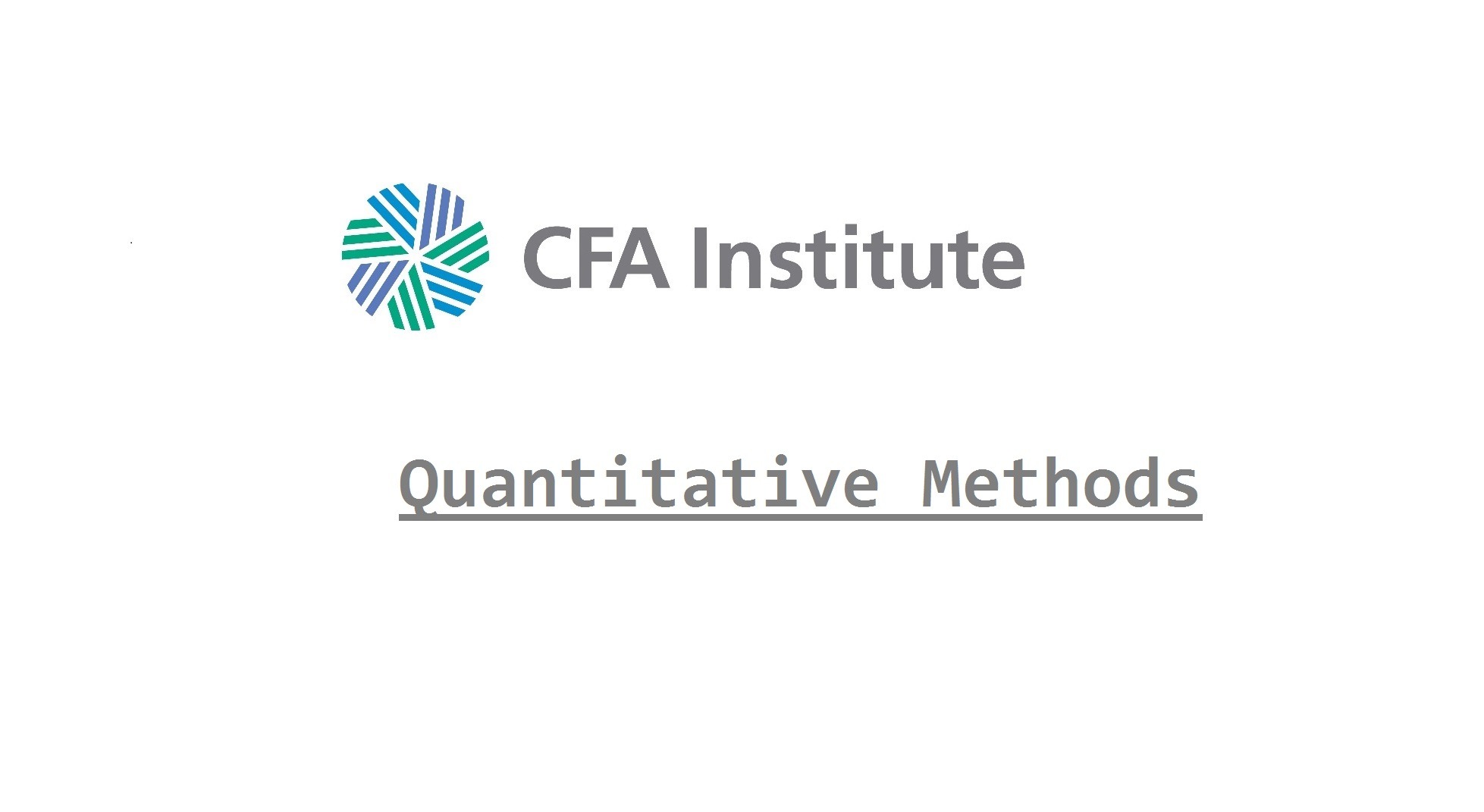The value of money changes over time. Inflation is a negative force on the value of a single dollar, and interest is an upwards force its value. Interest earned on money can be compounded if the sum totals are reinvested with interest. This means that $1 today is more valuable than $1 dollar in the future. If you received $1 today and invested it at a 10% rate, in one year it would be worth $1.10. Conversely, if a friend wants to borrow $1 and will repay you $1 in a year, that dollar you loaned will have cost you the 10% in interest, an opportunity cost of $0.10. In other words, that $1 a year from now is actually only worth $0.90 today. These principles can be illustrated in two equations, future value of money and present value of money.
- PV = FV/(1+r)n
- FV = PV(1+r)n
Where interest rate (r) = I/Y, which is the notation used on a financial calculator. (I) is the stated rate over the number of payment periods (Y) per year. (n) is the total number of payments until maturity.
Interest Rates
We mentioned that the interest rate and the inflation rate are opposite forces on money. That said, the interest rate must be greater than the inflation rate in order for the lending or investing to make sense. The sum of the risk-free rate + the inflation premium is the nominal interest rate, which is the generally characterized by the short term T- Bill rate. Now the inflation premium is not the only premium on an interest rate. All said there are five components of the interest rate:
- The real rate, or risk-free rate
- The inflation premium
- The liquidity premium
- The default risk premium
- The maturity premium
Time Value of Money Problems
The main way that the CFA tests this concept is with questions that make us determine the present value or future value of cash flows. Cash flows can occur as lump sums, perpetuities, constant annuities, or irregular annuities. All of these can be solved with a financial calculator, though for perpetuities and irregular annuities it may be easier to solve by hand.
- PV of Perpetuity = PMT/(r)
- PV of Irregular Annuity = Sum of the PV of each payment
A tricky concept is the difference between an ordinary annuity and an annuity due. If the question refers to an ordinary annuity, then the first cash flow starts a year from the present or at t = 1. If the question refers to an annuity due, the first cash flow occurs now, at t = 0.
The last major concept of this chapter is converting stated interest rates to an effective interest rate.
- EAR = (1+ (I/Y))n
Where (I) is the quoted rate, (Y) is the number of payments per year, and (n) is the total payments until maturity.
